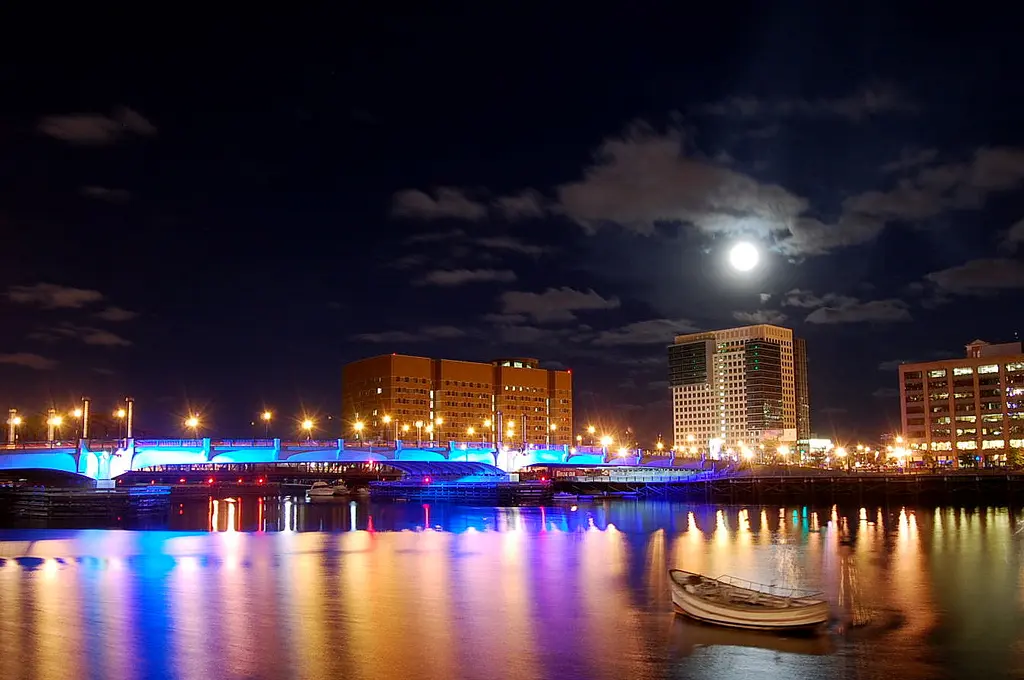Nature steals the show in many marine environments, especially with a sky full of clouds and heavenly illumination, but spectacular lighting can help structures on land compete. Where lights are placed, which type of lighting is used, and how durable that lighting is are some considerations that can make a big difference. There is no one way to highlight architectural features, or to brighten walkways or piers; a lot depends on the area itself, and what lends itself to use. The secrets below are not the only ones for creating spectacular lighting in a marine environment, but they’re a good beginning.
Working With, Not Against, The Surroundings
In a marine environment, you’ll be working with the sky, the land, and, most importantly, the water. Each element should be taken into consideration when designing lighting that enhances the environment. Lights that are positioned to reflect off the water can introduce a sense of motion. Underwater lights, pointed upward, create a magical atmosphere, perfect for late night parties, or for a simple walk along the waterways. When the sun goes down, the intensity of the lighting should be strong in most areas, but not to the point where they take away from the show of stars and planets in the night sky.
A Partial or Full Focal Point
A shoreside statue, the arch of a building, or even a locally famous boat or ship can be a focal point for lighting. One option, often more artistic in nature, is to highlight just a small portion of the chosen focal point, leaving the rest cloaked in mystery and shadow. However, when structures are illuminated brightly, it not only ensures people know what they’re actually seeing, but they can also use the highlighted area as a landmark from a distance. If the lights are placed in a way that allows them to reflect off the water while also illuminating the object, the spectacular artistic effect is enhanced, creating a stimulating visual effect for viewers.
Wise Choices Last Longer
Marine environments can be very harsh, with the salt from the ocean, or the water damage from any body of water. Lights chosen to provide illumination for marine environments need to be selected not only with an eye toward beauty and design, but durability. Some lights are made for harsh environments. However, other lighting options may require protective gear to keep their bulbs out of the elements. LED lights are often popular in these environments, but they’re not the only lights suited to the task. Specially manufactured underwater lights are made to be durable, just keep in mind, those above the water line also need to be durable.
It’s possible to create a wonderland of lights, art, and architecture in marine environments, capturing the motion of the water and reflecting the elements. Paying special attention to the placement of lights pays off, as what is illuminated is sometimes as important as what is not. Paying attention to these three secrets for spectacular lighting in marine environments will aid in creating a wonderful, welcoming, and imaginative waterside design.




